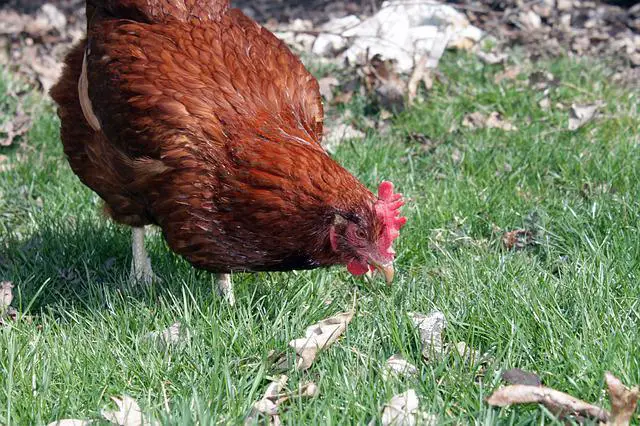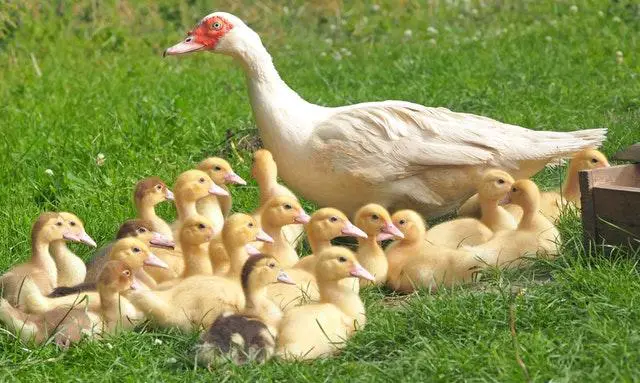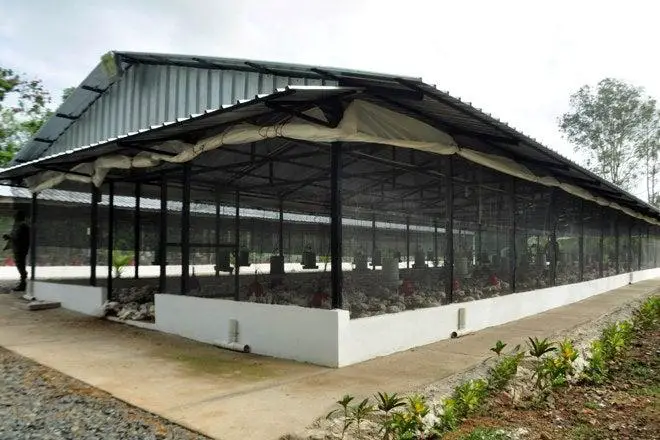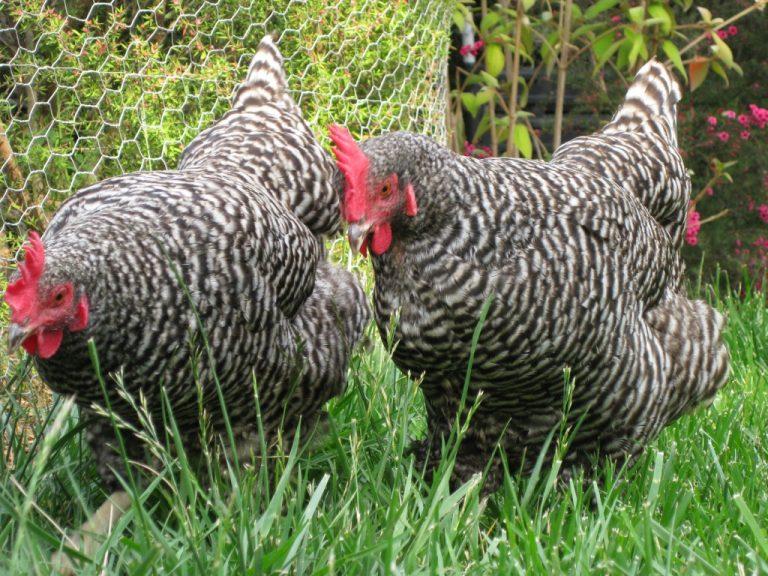Rhode Island Red Chicken Breed Characteristics and Management
Rhode Island Red, a dual-purpose chicken breed, is one of the most popular breeds in the world. This is because it requires low maintenance, is hardy and is a very good layer. Friendly and gentle, Rhode Island Red is a good forager, able to look for its own feed.
Due to its great characteristics, Rhode Island Red has been used to develop many other chicken breeds.
Rhode Island Red is the ideal breed for free-range chicken farming. It is a crossbreed of Malay Rooster, Java, Chinese Cochin, Light Brahma, Plymouth Rocks, and Brown Leghorns.
Rhode Island Red Chicken Breed Background Information
Back in 1854, a sailor by the name of William Tripp bought a Malay Rooster from another sailor. He bred it with his own chicken and noticed that the resulting breed was laying more eggs than his chicken. Tripp then joined hands with his friend, Macomber, in crossbreeding in order to improve the features. Initially, Rhode Island Red was known as Tripps Fowl or Macombers Fowl.
The breed then came to the attention of a successful poultry farmer, Isaac Wilbour, who bought a few chickens and started his own breeding program in order to improve its characteristics. Wilbour is the one who named this breed “Rhode Island Red”.
Bred to be dual purpose, Rhode Island Red became popular as a layer in the 1940s, when the modern industrial layer was developed from the traditional Rhode Island Red.
Rhode Island Red Chicken Breed Characteristics
Rhode Island red has a distinctive long brick-like, solid rectangular look. It has hard feathers, which it picks from the genetics of the Malay Rooster and the Java Chicken Breed. It has rich dark rust colour with red or rose-coloured wattles, ear lobes, and comb. Its eyes are orange or red in colour. The skin is yellow in colour. This can be seen in its yellow legs and feet.
Rhode Island reds have a single comb, which is straight and stands upright. Rhode Island Red roosters weigh up to 3.8 kilograms with the hens weighing up to 2.9 kilograms.
Rhode Island Red hens start laying medium to large light brown eggs between the 18th and 20th week. Rhode Island red egg production stands at between 200 and 300 eggs per year, though conservative figures indicate 150 to 250 eggs per year. As with most birds, Rhode Island Eggs increase in size with age.
Rhode island red can be kept under intensive management systems, but they are also good foragers and scavengers, making them ideal for free-ranging.
Breed Name: Rhode Island Red
Scientific Name: Gallus Domesticus.
Other Names: Rhode Island Red, Tripps Fowl, Macombers Fowl.
Temperament: Friendly, laid back and social. Roosters can be very aggressive.
Purpose: Meat and Eggs.
Maturity: Starts laying between 18th and 20th week
Eggs Productivity: 200 to 300 per year
Body Size: Medium to large.
Broodiness: Poor and rare. Good motherly instinct if they brood.
Climate: Hardy, suitable for any climate. Hens have been known to lay even in the extreme winter cold.
Comb: Single red or rose-coloured comb.
Size of Eggs: Medium to large, increases in size as the birds get older.
Colour of eggs: Light Brown.
Colour of bird: Mohagany Brown / Dark rust-brown.
Healthy: Hardy and resistant to most diseases.





![Watermelon Farming in Kenya Guide [updated for 2025]](https://value.co.ke/wp-content/uploads/2019/03/watermelon-kenya-768x430.jpg)

